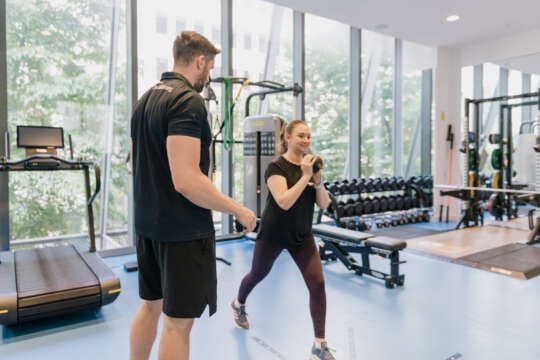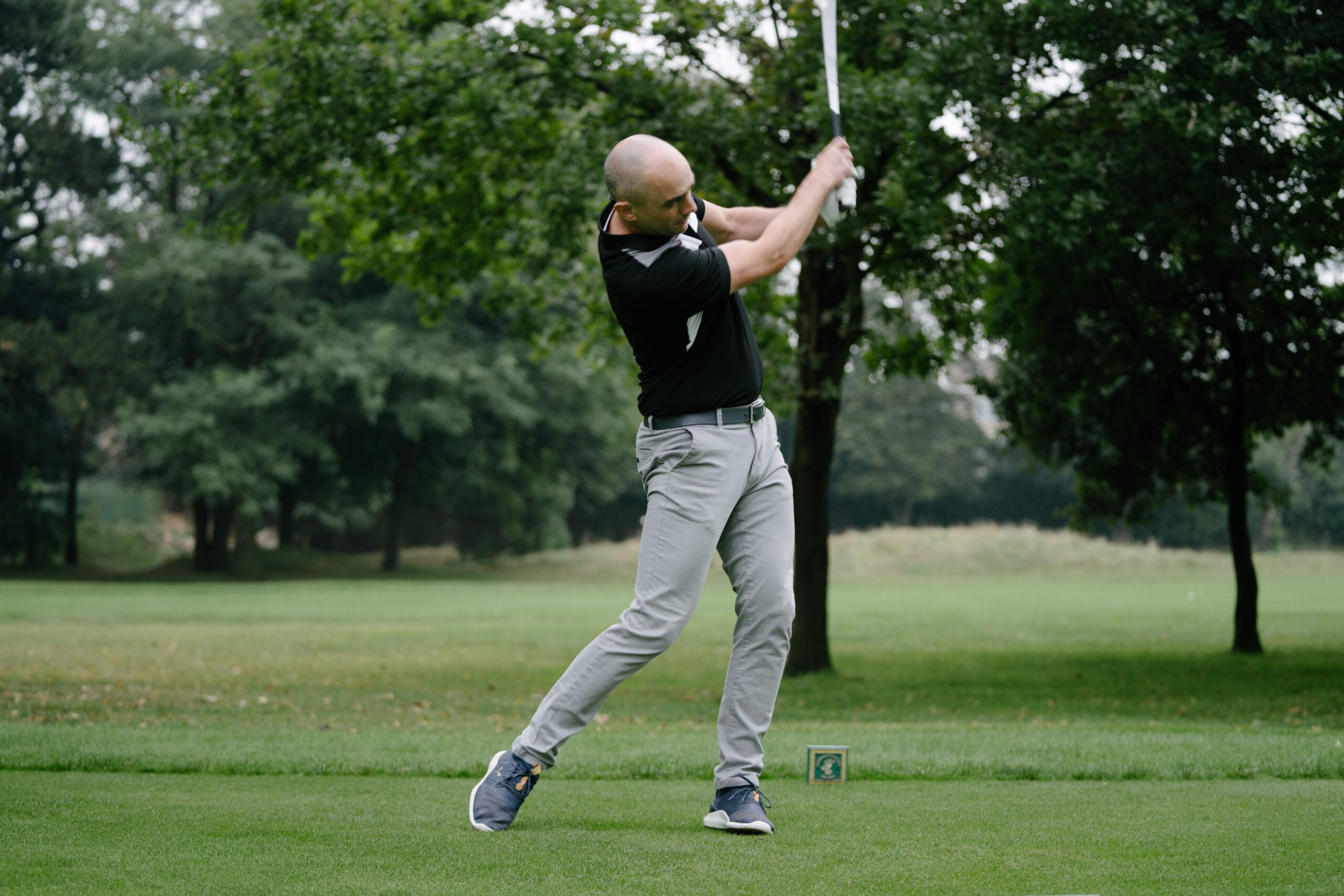Resistance Training in Older Adults

Pure Sports Medicine
- 17 October, 2019
- Strength & Conditioning
- 3 min read
Most people understand the importance of general physical activity for health and well-being, however one training type that is commonly overlooked, but has a very significant impact on quality of life for the older population (I’m taking about 65 years and above) is resistance training.

Resistance training is not just for athletes or for the younger generations looking to stay strong and healthy. Doing exercises that are targeted at improving muscle function is arguably more important in older adults in order to maintain a high quality of life, reduce injury risk and managing any long-term health issues.
What is Resistance Training?
Let’s first look at what resistance training is and is not. It is not just lifting big weights and grunting as you do it. Resistance training does not need to be done at the gym nor does it even need to be about ‘lifting weights’. If you are finding ways to challenge your musculoskeletal system, you can use your own bodyweight, resistance bands or cables. Most of the programs I prescribe for older adults uses things that can be found in the home; A shopping bag with some food in it, a filled water bottle, even the lounge room couch or seat.
Why Should I Do Resistance Training?
One of the biggest reasons why this is such an important area for older adults is due to the natural process of sarcopenia, the loss of muscle and strength as a result of ageing. As we age, we inevitably are going to lose muscle and by extension strength, which has a knock-on effect as general daily functions become a bit more challenging. However, resistance training has more benefits than just muscle function. A recent analysis of the research on resistance training for older adults showed positive outcomes for;
- Increased muscle size.
- Increased bone mineral density.
- Reduce symptoms of osteoarthritis/diabetes/osteoporosis.
- Promoting independence in daily task.
- Improved balance – reducing falls risk.
Choosing Exercises
So, what exercises should I be doing? Ideally you are targeting all major muscles groups doing large compound movements that are functional for you day to day. A session should include 6-8 exercises targeting all major muscle groups. Lower body exercises like squats, lunges, step ups and leg curl; and upper body exercises such as press ups, rows, dips and pull ups will cover most of your bases. Then for core muscle exercises such as cable press, cable rotations and sit ups will strengthen the mid-section.
Repetitions – Sets – Weight
The next step is choosing a weight, and how many reps to do. Aiming for 2-3 sets for each exercise of 10 – 15 reps. If you can’t do 10 then drop the weight down, if you can do 15 easily, then increase the weight. The goal should be to have the last 2-3 reps feel challenging but not unmanageable so that you are pushing the muscles to work hard. If you are unsure, then start lower and build up.
How many sessions & how long for?
The World Health Organisation, and many other professional bodies, recommend that Muscle-strengthening activities, involving major muscle groups, should be done on 2 or more days a week (1). These sessions should be roughly 45 – 60 minutes and can be done as a circuit, classes or just an individual session at your own gym.
What would a typical session look like?
Squat
- 10 – 15 reps, x2-3 sets. Use bodyweight or small dumbbells
Step Up
- 10 – 15 reps, x2-3 sets. Use bodyweight or small dumbbells
Incline Press Up
- 6 – 12 reps, x2-3 sets. Using a box, bench or ledge to find an appropriate height
Cable Row
- 10-15 reps, x2-3 sets. Using a weight you can do 10 repetitions for
Leg Curl
- 10 – 15 reps, x2-3 sets. Using a weight you can do 10 repetitions for
Cable Paloff Press
- 10-15 reps, 2-3 sets. Using a weight you can do 10 repetitions for
Sit Ups
- 10-15 reps, x2-3 sets. No weight needed for this exercise
Take–aways
- 2 or more resistance sessions/week
- 6-8 exercises targeting the whole body
- 2-3 sets for each exercise
- 10 – 15 repetitions for each set
If you aren’t sure where to begin or need some guidance on what to do, reach out to a qualified Strength and Conditioning Coach to get you started.

Advice
Over the last 20+ years our experts have helped more than 100,000 patients, but we don’t stop there. We also like to share our knowledge and insight to help people lead healthier lives, and here you will find our extensive library of advice on a variety of topics to help you do the same.
OUR ADVICE HUBS See all Advice Hubs

